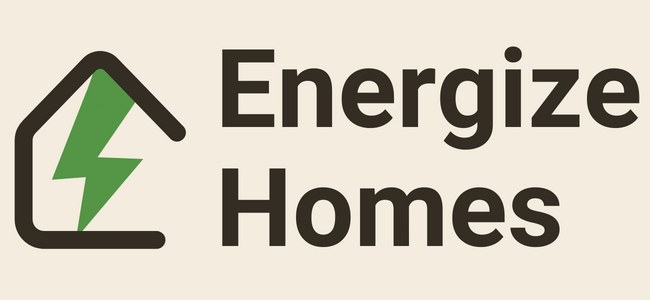How Do Variable-Speed Compressors in Heat Pumps Improve Efficiency?
Variable-speed compressors are a game-changer in the home energy landscape. By quickly modulating speed to match thermal demand, these units maximize energy efficiency, increase comfort, and extend equipment lifespan. The benefits are quantifiable in terms of reduced energy bills and a lower carbon footprint, making the variable-speed compressor an indomitable force in sustainable home heating and cooling technology.
As we delve deeper into the realm of energy-efficient technology for homes, heat pumps with variable-speed compressors have garnered significant attention. These innovative systems offer unprecedented improvements in energy use, comfort, and performance. But what exactly makes them more efficient than their single-speed counterparts? To fully understand the efficiency gains, it’s crucial to dive into the technical intricacies.
Understanding the Role of the Compressor
The compressor is the “heart” of the heat pump system, responsible for pressurizing the refrigerant, which is the “blood” that circulates through the coils. In single-speed systems, compressors operate at full load, meaning they are either “on” or “off.” This binary operation results in energy wastage, particularly during periods of low thermal demand.
Modulating Performance
Variable-speed compressors, also known as inverter-driven or modulating compressors, have the ability to operate at different speeds depending on the heat load requirement. Unlike single-speed compressors, which act like a light switch (either on or off), variable-speed compressors act more like a dimmer, adjusting the light output to what’s needed.
Specifics of Energy Savings
| Factors | Single-Speed | Variable-Speed |
|---|---|---|
| Power Consumption at Full Load | 100% | 40%-100% |
| Operational Noise | High | Low |
| Temperature Fluctuations | ±3°F | ±1°F |
| Humidity Control | Limited | Enhanced |
| Startup Energy | High | Reduced |
Coefficient of Performance (COP)
The Coefficient of Performance (COP) is an industry-standard metric to measure the efficiency of heat pumps. Variable-speed compressors can have COP values up to 3-4 times higher than single-speed compressors under certain conditions, primarily due to reduced cycling losses and better part-load efficiency.
Benefits of Continuous Operation
Because variable-speed compressors can operate continuously at lower speeds, they maintain a consistent indoor temperature and reduce the “cycling” effect commonly associated with single-speed systems. This not only enhances comfort but also extends the life of the system due to reduced wear and tear.
Real-World Efficiency: Seasonal Performance Factor (SPF)
The Seasonal Performance Factor (SPF) is another crucial metric in quantifying efficiency over an entire heating season. Variable-speed compressors excel here by providing consistent performance during variable weather conditions, as they adapt to fluctuating thermal loads. In a climate with a wide range of outdoor temperatures, this adaptability can significantly boost the SPF.
Soft Start Feature
Variable-speed compressors gradually “ramp up” from a low starting speed, avoiding the power surges associated with the “hard starts” in single-speed systems. This “soft start” conserves energy and reduces strain on electrical infrastructure.
